Galaxy Season with Tele Vue!
You’ve heard of the four seasons of the year but, did you know about Galaxy Season? From early March to mid-May, the band of our Milky Way home galaxy is low in the sky, leaving a large, dark, contrasty zone high above the horizon. The galaxies that inhabit this area are in prime view at this time.
Spring Galaxy Season
In the northern hemisphere, Galaxy Season is far enough from the short nights of summer that many galaxies pass through your nighttime sky. In particular, this is the time to view and image the “Realm of Galaxies” that run through the constellations Virgo and Coma Berenices.
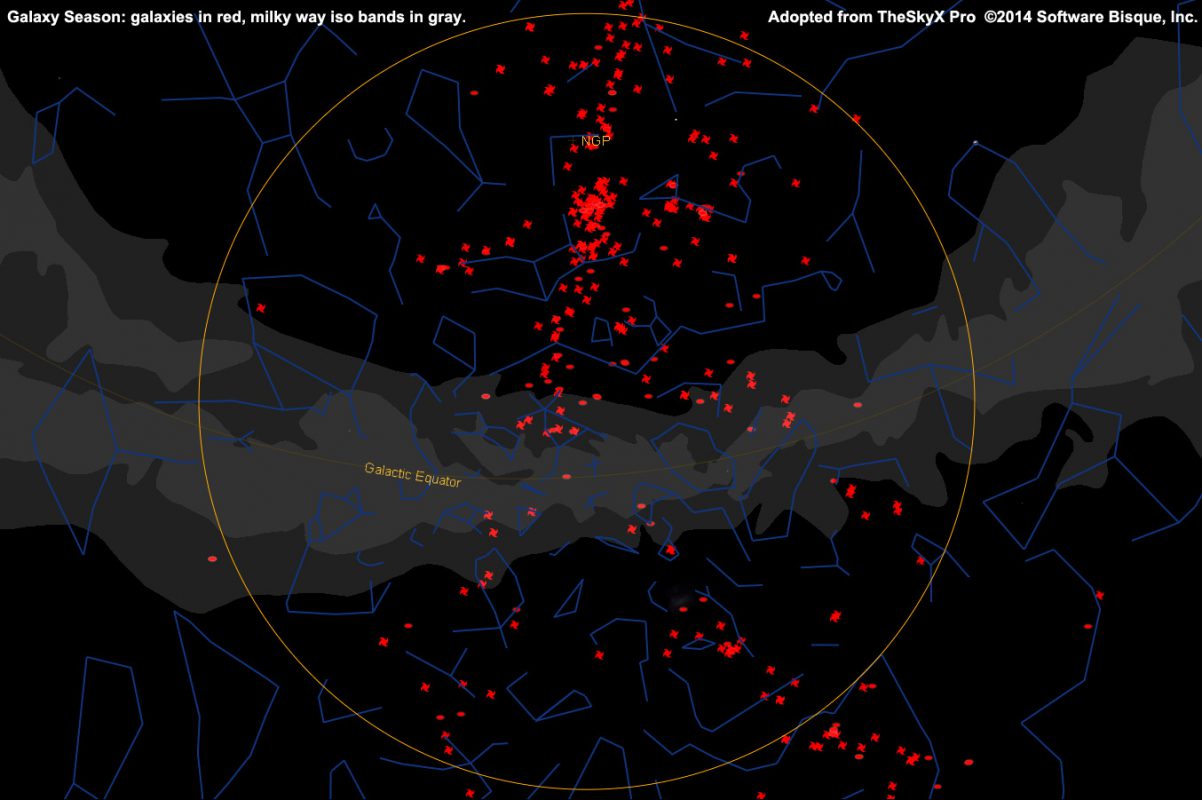
M81 Group
Taking advantage of the wide-field imaging offered by the Tele Vue-76 APO refractor, Brian Paczkowski captured the most prominent members of the M81 Group (in constellations Ursa Major and Camelopardalis) and the gas in the surrounding space. The Group is close to the zenith at sunset and well placed for imaging in the spring Galaxy Season.
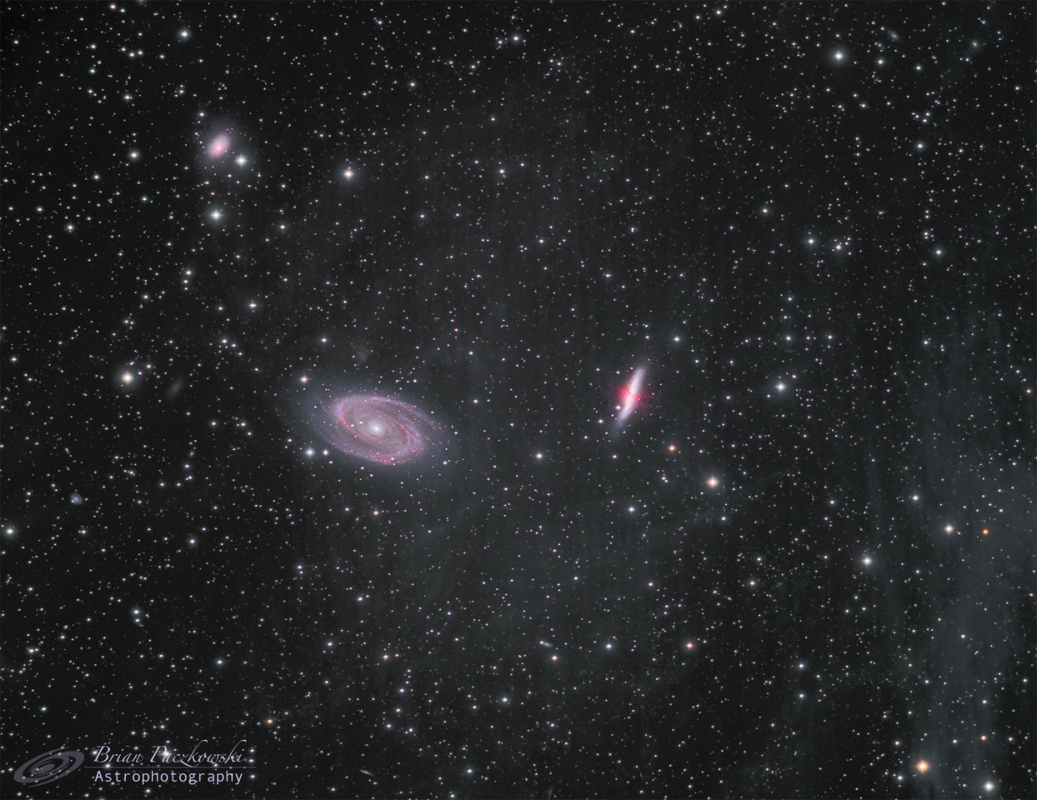
Imaging is not the only way to enjoy M81 in the night sky. Belgian observer Tom Corstjens employed a Tele Vue Paracorr coma corrector and Tele Vue 17.3mm Delos eyepieces in his Alkaid 16″ f/4.2 Dobsonian to sketch the galaxy. In fact, drawing the object can be an immersive experience that leads to a finer understanding of the structure of the galaxy in a way that taking a photograph just can’t. Tom explains what he learned about M81 in the quote below the image.

The central, elongated core zone is bright. Averted vision detects the start of a spiral arm on the northern side and careful observation detects this arch continuing to spin along the west; near a close binary star pair the spiral arm looks a bit brighter and then fades into the background, between this first arm and the core zone there is a clear dark zone and on the other side there is also a similar dark cove; it is caused by the second spiral arm. This arm is best recognizable near two foreground stars in the central part: there is a beautiful, patchy arc that connects the weak outer spur with the inner region. Looking carefully, the broad core zone seems to contain two less dark curves that accentuate the position of the spiral.
Markarian’s Chain
Another galactic use of the Tele Vue-76 APO’s wide-field is found in Brian’s Markarian’s Chain image. While the brighter members of the group were sighted by Charles Messier and William Herschel, the name comes from Benjamin Markarian, who first noted that many members of this galaxy chain in the Virgo Cluster of Galaxies had a common motion.
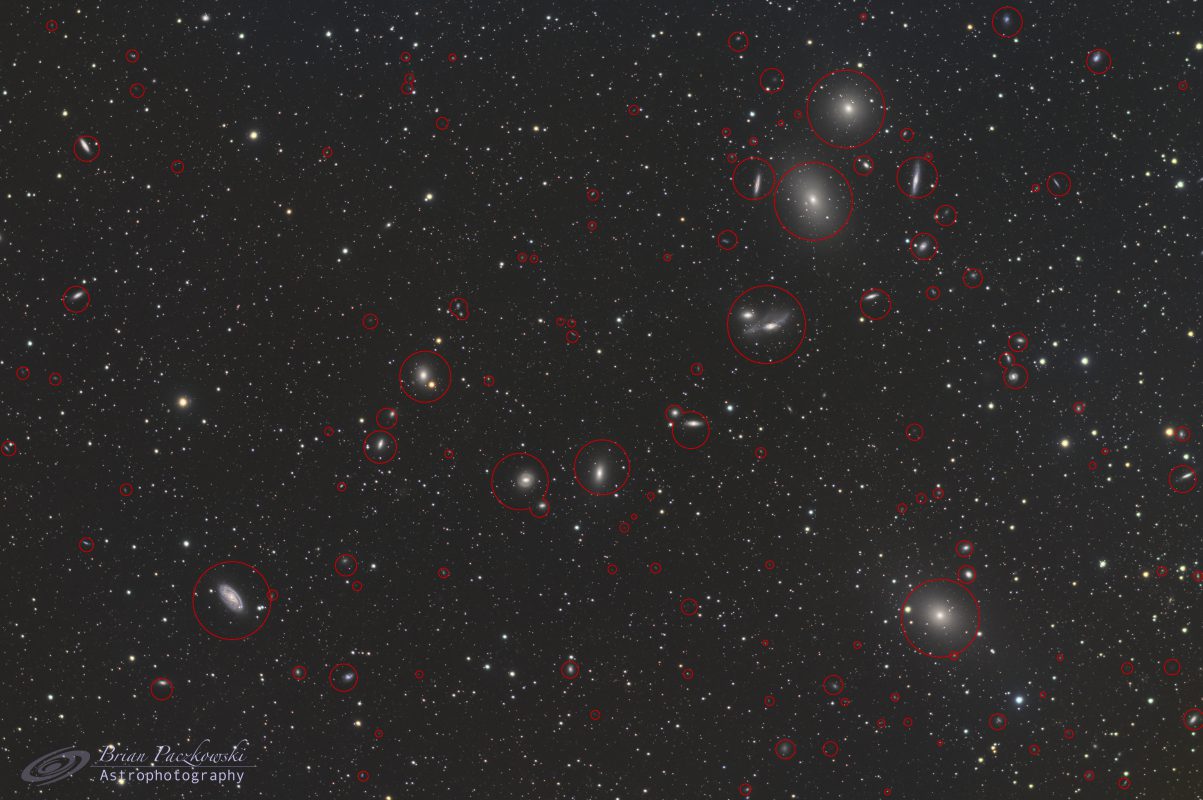
The following is an amazing pan and zoom through the above image. Every fuzzy object, labeled or not, is a galaxy!
M101
Luca Marinelli’s Pinwheel Galaxy (M101) portrait is a detailed look at this beautiful face-on spiral — created by using a Tele Vue Paracorr Type 2 coma corrector in a 10″ f/4 Newtonian telescope. Located off the “tail” of Ursa Major (also known as the “handle” of the Big Dipper), pink star-forming regions of ionized hydrogen gas dot the spiral arms where giant blue and white stars are forming. During spring Galaxy Season, this object is high above the pole in the sky.

M63
Located at just under 42° North Latitude this galaxy is smack at the zenith at midnight for mid-northern latitude observers. The following image, taken through a Tele Vue-NP127is flat-field, APO refractor was made by Jerry Macon. Image processing resulted in a unique color shot of the galaxy with an iridescent glow that highlights the young, giant blue stars in the spiral arms along with the pink, ionized hydrogen-gas star-forming regions.

Fall Galaxy Season
Galaxy Season actually repeats when the Milky Way again leaves the zenith in northern hemisphere fall. However, there just aren’t as many galaxies to view as in the spring edition.
M31
The most prominent denizen of the fall Galaxy Season can be seen in Frank Wielgus’ classic Andromeda Galaxy (M31) image, taken through the Tele Vue-NP127is. A favorite of imagers, M31 reveals prominent dust lanes against the old stars of its central yellow bulge that contrasts with the younger blue stars in the outer spiral arms.

M33
Another fall Galaxy Season favorite for northern hemisphere observers is the Triangulum Galaxy (M33), depicted here by Niels V. Christensen with his Tele Vue-NP127is. Among the spiral arms of this face-on galaxy are blue star clusters and pink star-forming regions. A member of our local group of galaxies, it is visible to the naked eye in dark skies.

Did you observe, sketch, or image with Tele Vue gear? We’ll like your social media post on that if you tag it #televue and the gear used. Example:
televue #tv85 #ethos #jupiter
Do you want your Tele Vue images re-posted on Tele Vue Optics’ Social Media accounts? Use this hashtag for consideration:
#RPTVO


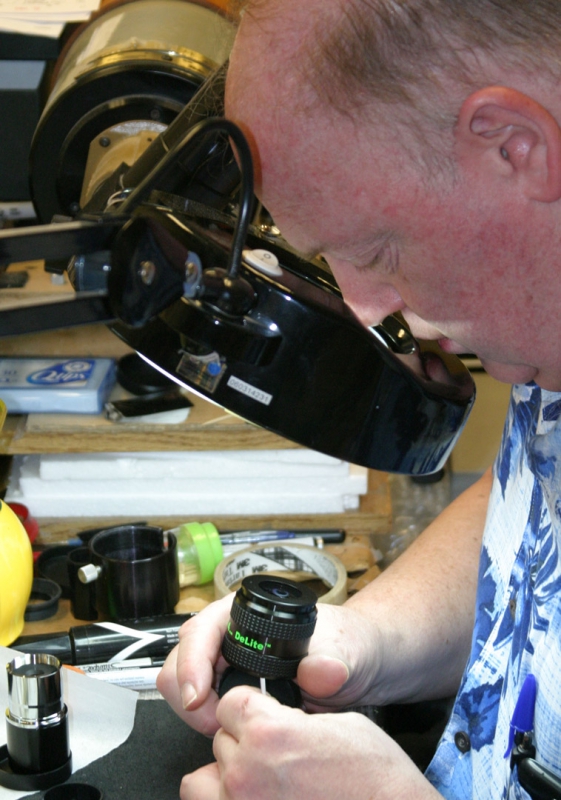
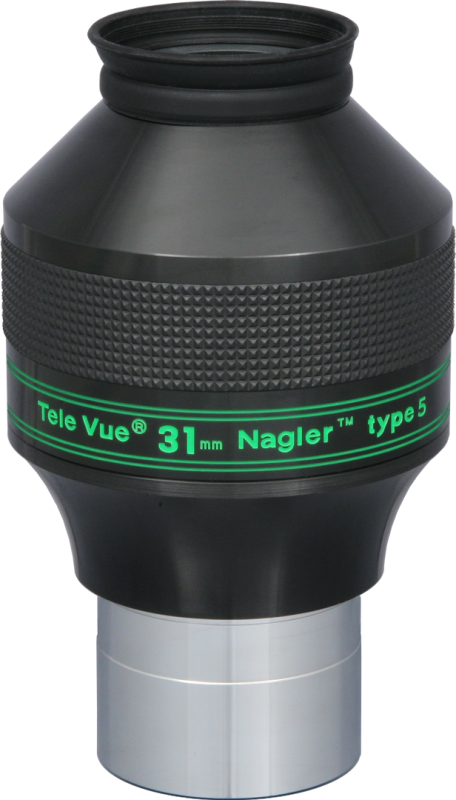
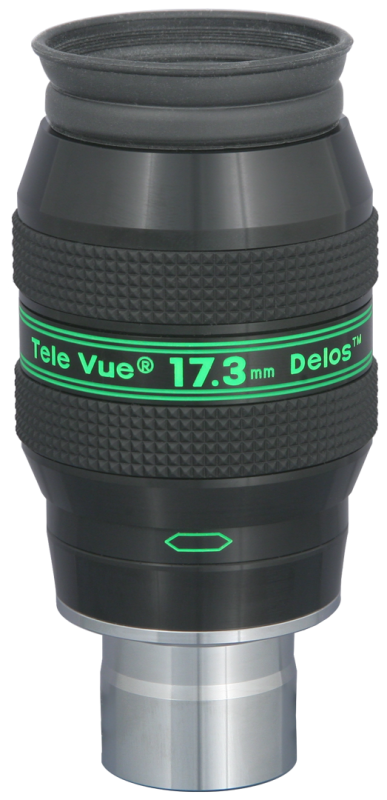
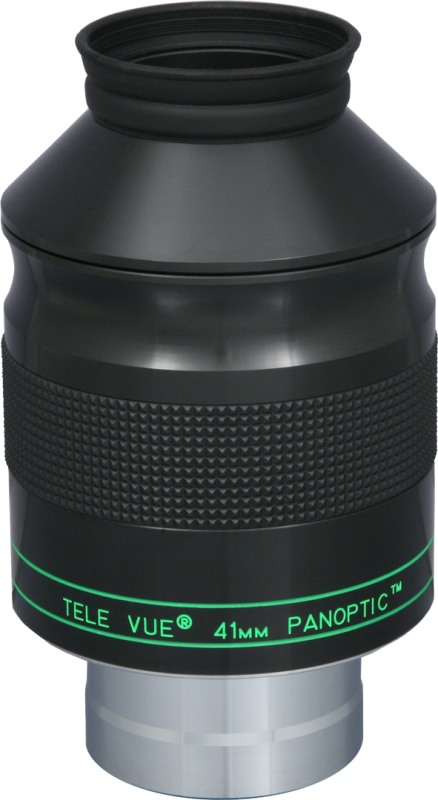
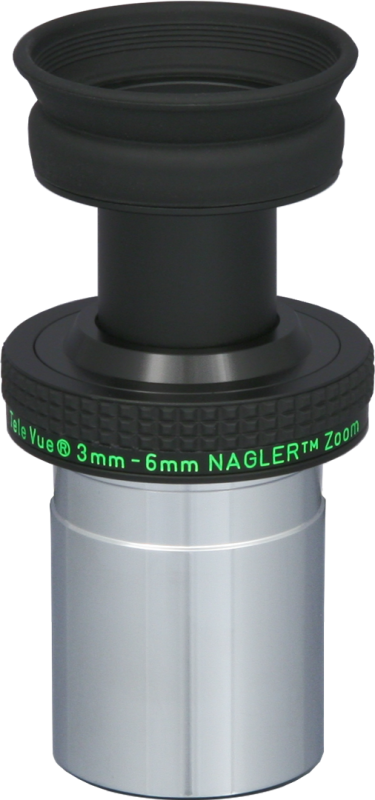


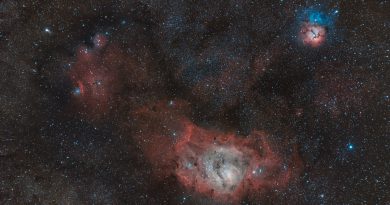

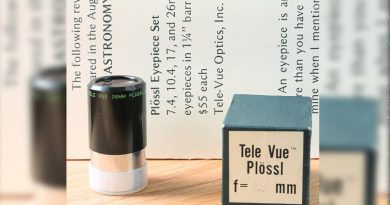
Hi Al and David —
Great blog of galaxies!
Going out to try to see some of them tomorrow night.
Using my favorite eyepiece – – 12mm Nagler Type 4 that
I first saw at TSP when you had a couple of prototypes
that you let us try in our scopes.
Best to you,
Ted Hume
San Angelo, Texas